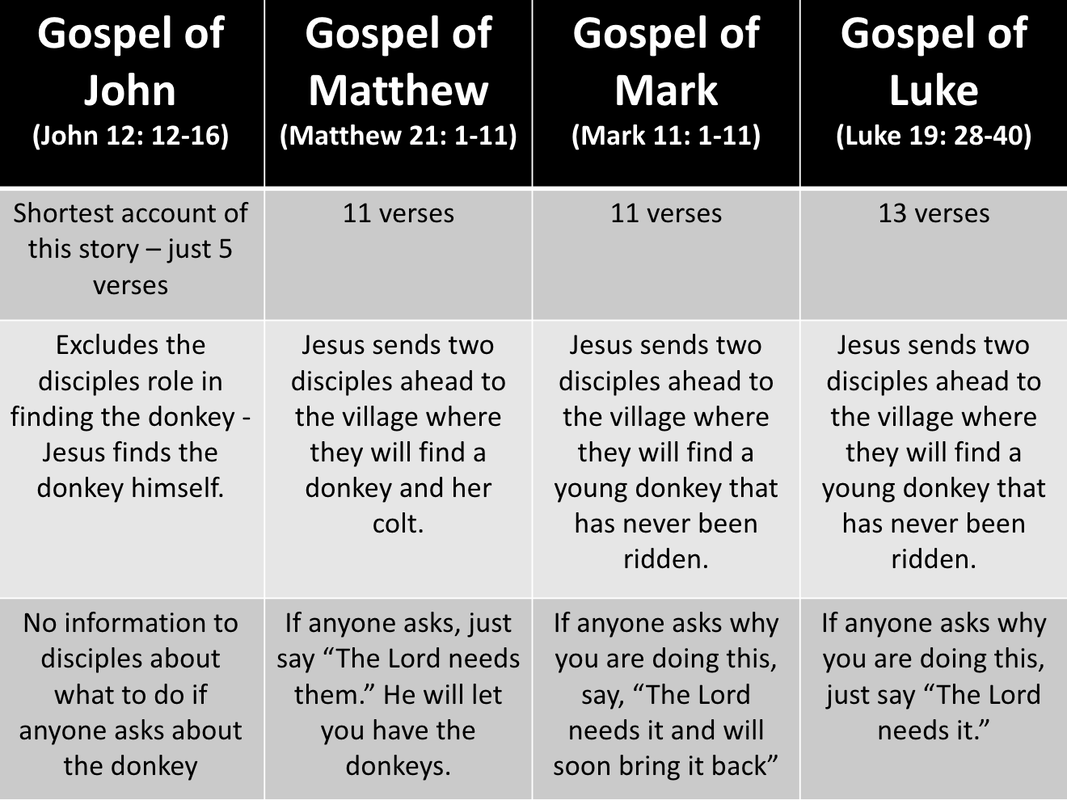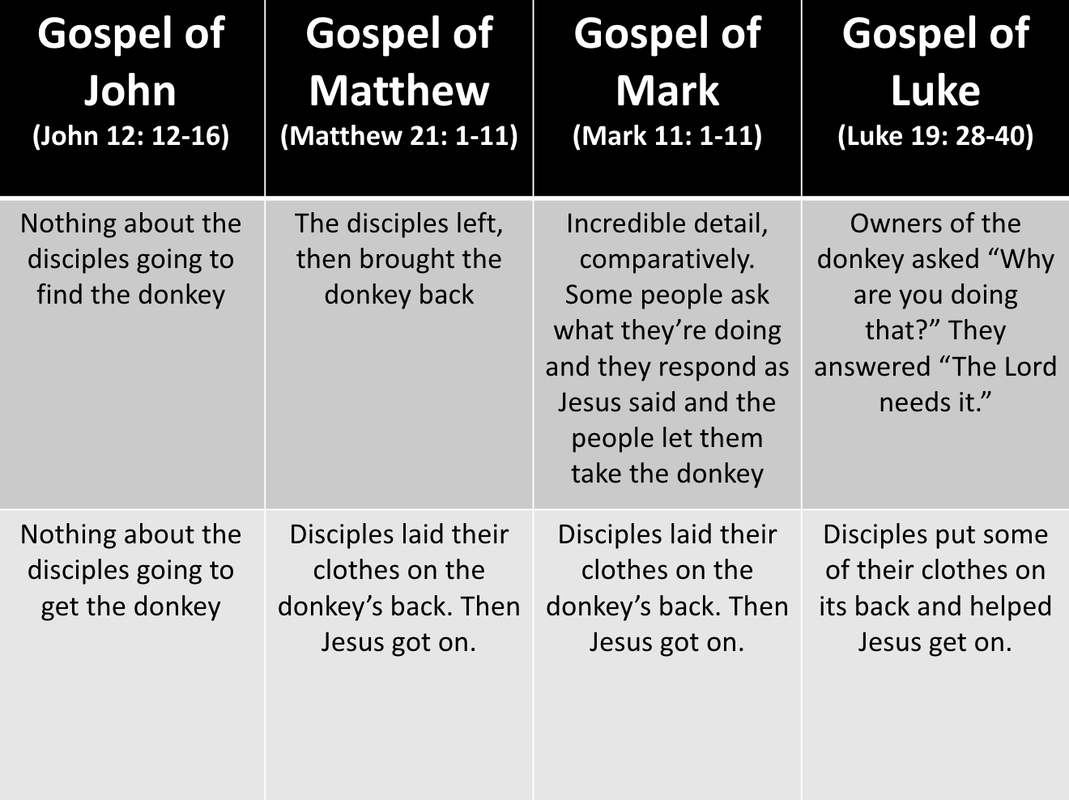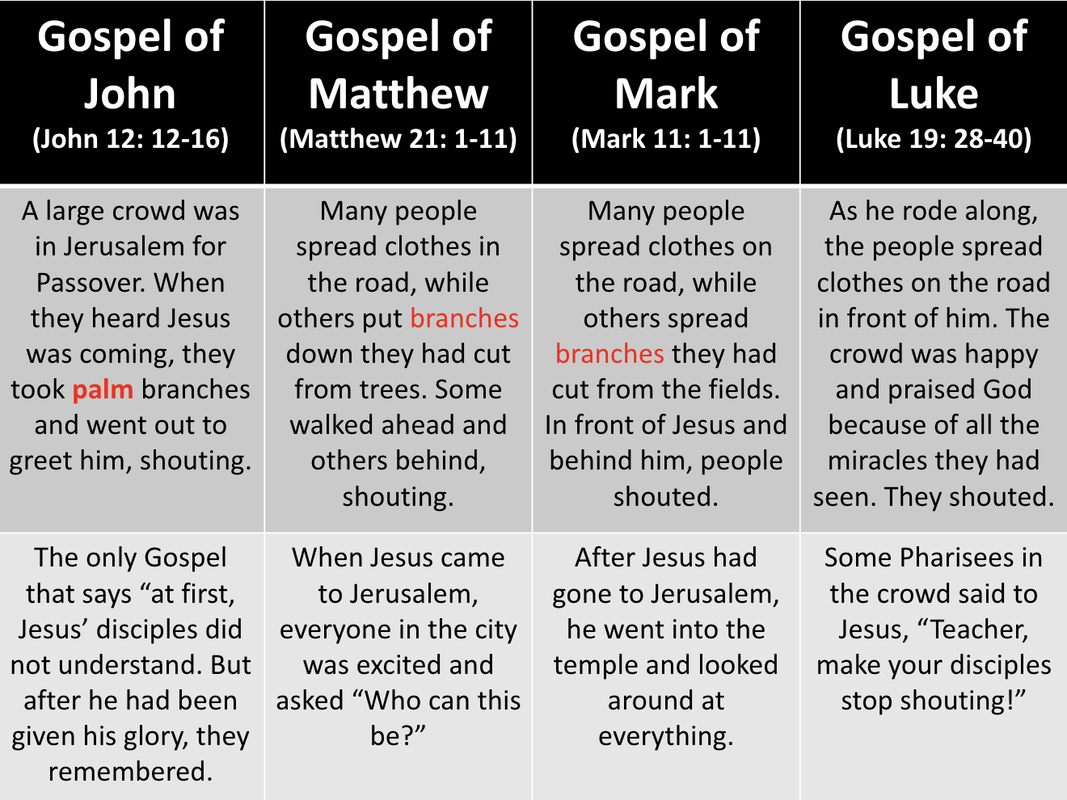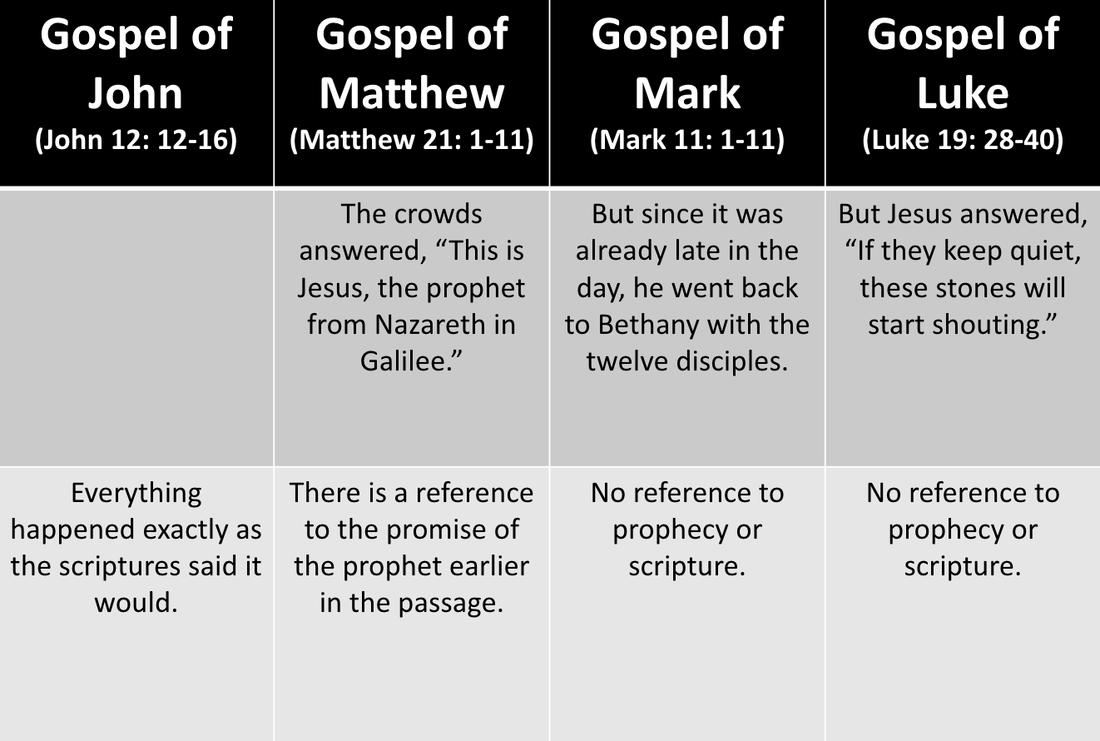 Young at Heart Message This morning, I’m going to put your eyes and your memories to work! As you can see, I have a large box here. In a moment, I am going to do a few things to this box, and I want you all to watch what I do VERY carefully. Remember as much as you possibly can about what I do. When I’m finished, there will be a test! Your job is to remember in as much detail exactly what I do so that you could tell me afterwards as best you can what happened. I will need three volunteers, one from each section of the church, to tell me everything they can remember about what happens. Are you ready? OK, pay close attention, starting NOW! [Pastor goes to one side of the box and draws a face with a smile, and then goes to the other side of the box and draws a face with a frown. The right side cannot see what’s being drawn on the left side, and the left side cannot see what’s being drawn on the right side. The middle of the room may or may not be able to see both sides.] All right, any volunteers from the left section want to tell me everything they can remember about what they saw? [This section of the room will see the picture with the frown.] How about the right section next? [This section of the room will see the picture with the smile.] And finally, someone from the middle section, tell me what you saw in the best detail you can. [This part of the room will see a mixture, so it depends on who responds.] [The purpose of this exercise is to demonstrate that sometimes, just seeing something from a different perspective can lead someone to recall what happened differently.] Hmmm, it seems each of you saw and remembered what I did a bit differently! Of course we know that human memory is not overly reliable… That’s why eyewitness testimonies are so fallible! This demonstration gives us a launching point to talk about today’s scripture and the events of Jesus’ triumphant ride into Jerusalem. Let’s dive in! The Message The scripture verses we read today were from the Gospel of John. This particular Gospel relays the events of Jesus’ entrance into Jerusalem a bit differently than the Synoptic Gospels do. I’d like to take a few minutes to compare some key parts of the different Gospels as they relate to this passage, and then talk about these differences a bit. It’s almost as though we are hearing four slightly different versions of this story, each version from a person who saw or remembered only portions of the story.
This actually happens frequently in the Gospel stories that are repeated in two or more of the Gospels. Either the authors really did have different viewpoints of the situations, or they were focused on portraying different elements of the story for the listener or reader. It’s likely some of both, but based on the priorities of the different writers of the Gospels in other stories, it makes perfect sense that each would be more focused on their own perspective of what is most important to share. Misunderstanding is a big theme in the Gospel of John. We (the readers today AND those witnessing these events in the moment) are not supposed to understand that God came to dwell with us in the flesh of a human body – not fully anyway. Also, at this point in the story, it is difficult to grasp what Jesus’ kingship is all about. John wrestles with this when he says “at first, Jesus’ disciples did not understand. But after he had been given his glory, they remembered all this.” In other words, John is foreshadowing for us how the disciples are going to respond in the end to the events that unfolded. But, it makes sense that they would not understand fully at this point, and we can appreciate John for pointing this out and reminding us that the full process of crucifixion, death, burial, and resurrection must be completed before the disciples can fully understand. We have seen throughout our journey with Peter this Lenten season that the culmination of Jesus’ ministry with his death and resurrection is the climax of the story – and the true turning point for the disciples, and especially for Peter. We will watch this journey unfold in the week ahead, but for now, we can rest in this passage from John that reminds us that even now, the disciples are still not fully understanding. And, as we take this journey together, we can wonder together how the disciples, and especially Peter, felt in these moments. How is Peter participating in this parade? What is he thinking about Jesus and the people cheering for him? Is he confused, once again, by Jesus’ actions? Is he wondering why Jesus is doing this, when he could instead choose to flee and save himself? Is he wondering yet how many of these people would turn on Jesus as he approaches his death? Is he wondering if he will be one of those who denies Jesus – out of fear, or external pressures? We don’t know – the scripture doesn’t tell us the answers to these questions. But, if we have learned nothing else from Peter throughout Lent, we have learned that he asked questions, and we have become more comfortable with our own desire to ask questions like these, as well. As we wave our palms today, we can wonder if we would be among the crowd cheering today, and also among those calling for Jesus’ condemnation on Good Friday. We cannot possibly know the answer to that question – it’s difficult to truly put ourselves in the shoes of someone who walked the earth over two thousand years ago. And yet, we can still wonder. As we approach Maundy Thursday and Good Friday, we can do the hard work of asking ourselves if we would succumb to the fear and pressures of the crowd. Would we stand up for Christ, or would we fold from the pressure and a desire to save our own skin? These are important questions, not because we are meant to feel guilty or ashamed of how we might respond, but because it is an opportunity for self-evaluation and self-reflection. Like Peter, we are not perfect Christ-followers all the time. And yet, Jesus tells us over and over again that he loves and forgives us. He tells us in words and parables, but most importantly, he tells us through his actions. Listen carefully during Holy Week – listen to the scriptures and stories that bring us to Good Friday and then to the resurrection on Easter morning. Christ is offering us grace, mercy, and forgiveness in all that he does for us, and for this, we choose to rejoice and follow him. Amen. Let us pray: God of grace, your Word is like a song. It is the melody that we long to sing, the refrain that we pray will get stuck in our heads. So as we contemplate todays message, we pray that you would allow us to sink into this song. Allow us to hear the truth in between the words. Allow the cries of the crowd’s “hosannas” to feel like our own. With open hearts and open ears we pray, Amen.
0 Comments
Leave a Reply. |
AuthorRev. Jamie Almquist is the pastor at Good Shepherd Moravian Church in Calgary. Archives
July 2024
Categories
All
|




 RSS Feed
RSS Feed